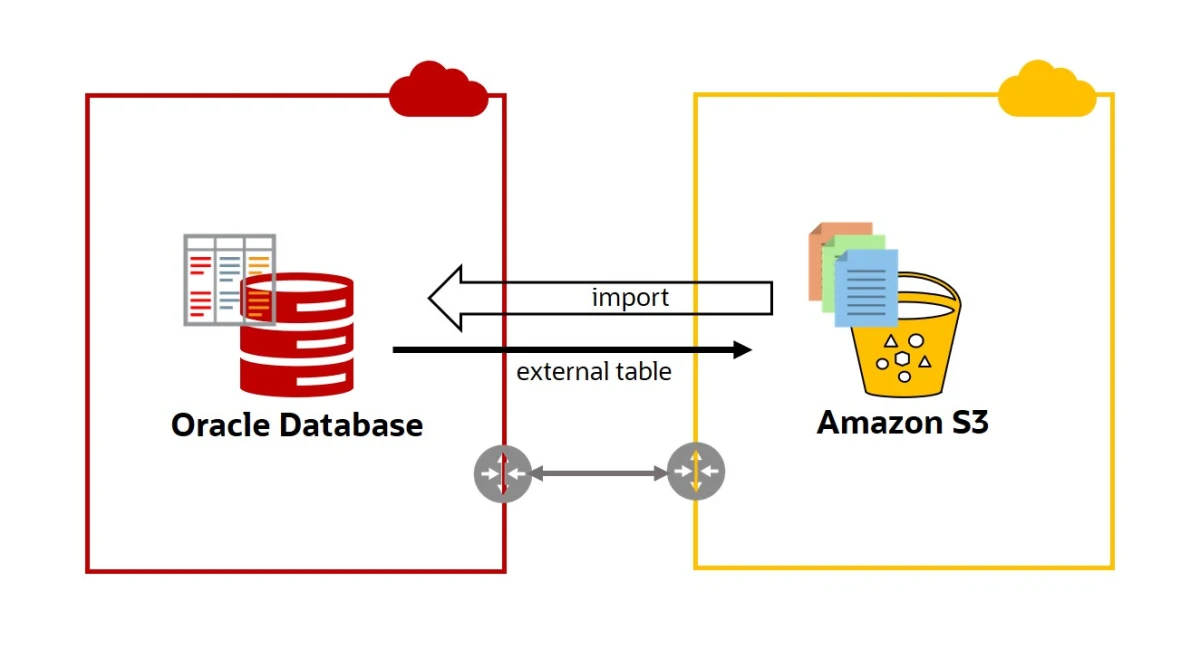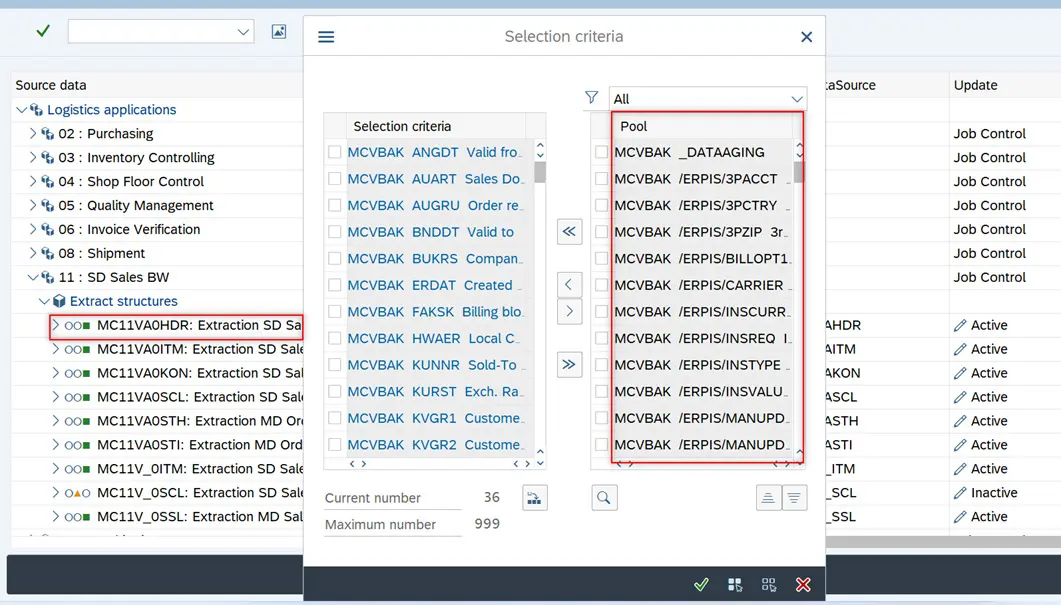Streamline Data Management Oracle to S3 Integration Made Simple
In the ever-evolving landscape of data management, seamless integration between Oracle databases and Amazon S3 (Simple Storage Service) has become essential for organizations seeking efficient storage and accessibility solutions. Oracle to S3 integration empowers businesses to securely transfer, store, and manage data, unlocking new opportunities for scalability, flexibility, and cost-effectiveness. Let's explore how this integration simplifies data workflows and enhances overall operational efficiency.
Understanding Oracle to S3 Integration
Oracle to S3 integration refers to the
process of seamlessly transferring data from Oracle databases to Amazon S3
storage buckets. This integration enables organizations to leverage the
scalability and durability of Amazon S3 for storing vast amounts of structured
and unstructured data generated by Oracle databases, such as transactional
data, logs, backups, and archives.
Key Benefits of Oracle to S3 Integration
Scalability: Amazon S3 provides virtually unlimited storage capacity, allowing organizations to scale their data storage infrastructure dynamically as their storage needs grow, without the need for upfront investments in hardware or infrastructure.
Cost-Effectiveness: With Amazon S3's pay-as-you-go pricing model, organizations only pay for the storage and bandwidth they use, eliminating the need for costly hardware investments and reducing overall storage costs.
Durability and Reliability: Amazon S3 offers industry-leading durability and reliability, with data stored redundantly across multiple availability zones, ensuring data resilience and high availability.
Accessibility: Amazon S3 provides seamless access to data stored in the cloud, enabling organizations to retrieve, analyze, and manipulate data from Oracle databases using a variety of AWS services and tools.
Implementing Oracle to S3 Integration
To implement Oracle to S3 integration
effectively, organizations can utilize a variety of methods and tools,
including:
AWS Database Migration Service (DMS): AWS DMS simplifies and accelerates the process of migrating data from Oracle databases to Amazon S3, providing automated schema conversion and continuous data replication capabilities.
Oracle Data Pump: Oracle Data Pump enables users to export data from Oracle databases in various formats, including CSV, XML, and Parquet, which can then be uploaded directly to Amazon S3 buckets.
Third-Party Integration Tools: Several third-party integration tools and solutions are available that facilitate seamless data transfer and synchronization between Oracle databases and Amazon S3, offering advanced features and customization options.
Best Practices for Oracle to S3 Integration
To ensure a successful Oracle to S3
integration process, organizations should follow these best practices:
Data Security: Implement robust security measures, such as encryption and access controls, to protect sensitive data during transit and storage.
Data Validation: Perform thorough testing and validation of data integrity and consistency after transferring data from Oracle databases to Amazon S3 to ensure accuracy and reliability.
Monitoring and Optimization: Continuously monitor data transfer processes and performance metrics to identify bottlenecks, optimize resource utilization, and improve overall efficiency.




Comments
Post a Comment